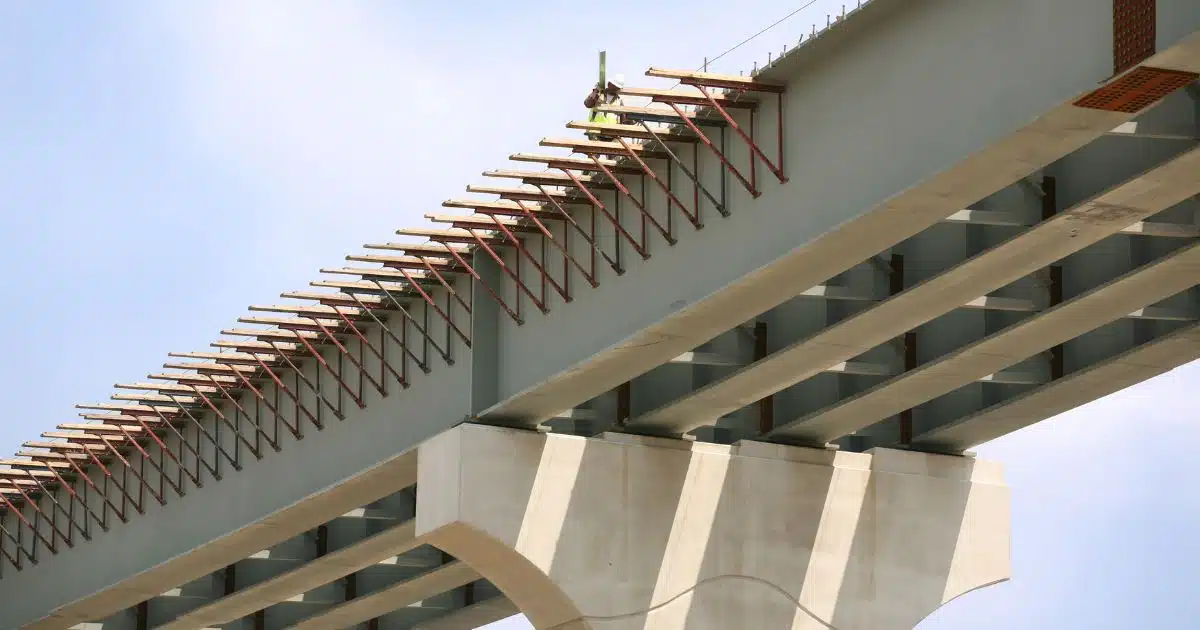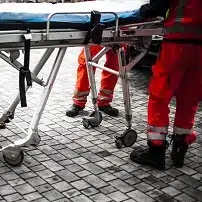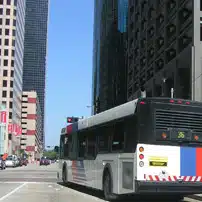The United States has tens of thousands of bridges in need of repairs or replacement. Those that are in reasonably good condition require maintenance to keep them that way. The work of a bridge construction worker is dangerous and has one especially obvious hazard – falling. Whether working 5 feet off the ground or 150 feet or higher, gravity poses a constant danger that has claimed the lives of bridge construction workers since bridge building first began.
Gravity is just one of many constant dangers that affect construction workers. The following shows several of the most common accidents that could injure or kill workers while building, maintaining, or repairing bridges throughout the United States.
Scaffolding Problems
You cannot build, repair, or maintain a bridge without enabling workers to reach the superstructure. Scaffolding enables bridge workers and virtually any other construction worker to perform important work on bridges.
Unfortunately, scaffolding accidents are a leading cause of workplace injuries and deaths throughout the construction industry. Workers could slip, trip, and fall to their deaths. They might accidentally drop objects that endanger workers below. Scaffolding also can weaken or become loose at many different points in the structure.
It is important to closely inspect scaffolding prior to the start of any work shift and initiate measures to help prevent falls or objects from falling onto workers below. Using safety harnesses can help to catch workers who might slip and fall off of scaffolding. Safety nets also can help to catch items that might fall onto others down below.
Construction Crane Collapse
Bridge construction often requires the use of barges with cranes to hoist heavy and large pieces to where workers can install them. Cranes also are placed on land to hoist very heavy items to their intended locations within the structure.
When a construction crane fails, it could cause a devastating loss of life and extensive damage to the bridge’s structure. Bridge workers often have little protection against a crane collapse.
When cranes are in use, it is crucial to ensure they are in good operating condition. They need to be well-anchored and placed to enable their relatively safe use when building, repairing, or maintaining any structure.
Quickly Spreading Fire
Fire is an ever-present danger on just about any construction site, including bridges. Many bridges have wooden elements or other materials that could be highly flammable. When a fire occurs, it could spread quickly and trap workers in vulnerable spots.
The materials used during bridge construction, repair, or maintenance could become especially dangerous when exposed to fire. Gas torches, asphalt, and sealant are just a few of the potentially flammable items that could become very dangerous if they catch fire.
It is important to isolate flammable materials and ensure workers are fully informed of their safe handling. Many fires start by accident, but can quickly become deadly infernos when safety measures are not in place or workers ignore them.
Falling Beams
Gravity causes more than workers to fall and small objects to drop. Metal and wooden beams that greatly outweigh workers and are much larger than them could fall when improperly secured.
A falling beam could cause serious injuries or deaths to multiple workers in just a couple of seconds. Beams must be properly secured when lifted to their locations and secured in place to make them safe.
Unfortunately, human error can also cause a beam to become loose and fall onto workers below. Beams may fall even when no work is underway.
Incorrect work done to secure them in place commonly contributes to beams falling. So could improperly anchored cranes that are used to hoist the beams into place.
Design Flaws Weaken Bridge Support Structure
Architects and engineers generally are very talented, but they are not flawless. When someone designs a bridge but unknowingly includes a flaw in the design, that design flaw might claim many lives and injure many more.
The bridge does not have to be especially large or tall to cause serious injuries or death due to a design flaw. A good example is the infamous pedestrian bridge collapse at Florida International University-Sweetwater in 2018.
The National Transportation Safety Board (NTSB) said a design error occurred when engineers miscalculated the amount of slide resistance provided by the design. Shortly after the bridge opened, the span across an eight-lane highway collapsed. The engineering disaster claimed six lives and injured 10 others. NTSB investigators said several entities reviewed the design and at least partly were responsible for the bridge collapse.
Demolition Accidents
Many bridges across the United States have fully lived their practical service lives. Replacing them is the only viable solution to improve upon the old design, and that means demolishing what is left of the old bridge.
Like any demolition, the procedure creates a potential danger to workers and anyone else who might be in the vicinity. It is important to cordon off bridge demolition projects and work as safely as possible when demolishing a bridge.
A bridge demolition might occur by removing pieces and sections in a methodical manner. It also might include using explosives to demolish part of the superstructure.
No matter how a bridge goes down, the process creates many potential dangers against which the demolition team must take measures to protect workers and others. When mistakes happen, the demolition could cause injuries and claim lives.
Workers’ Compensation Protects Bridge Construction Workers
Bridge construction workers should have workers’ compensation protection in place because virtually all employers are required to provide it. If you suffer an injury while working on a bridge or another project, your employer and the insurer underwriting the coverage should pay for your medical costs and any extended time away from work.
You might suffer an injury that causes a permanent disability. Workers’ compensation also should cover those costs up to policy limits.
When you accept workers’ compensation coverage, you give up the right to sue your employer, but not other parties. Many times, third parties are liable for injuries caused by bridge construction projects.
An experienced construction accident lawyer can help you to obtain workers’ compensation if it is wrongfully denied entirely or in part. An attorney also can help to identify possible third parties against whom you could file claims.
Wilmington Construction Accident Lawyers at Rhoades & Morrow Uphold the Rights of Injured Workers
If you suffer an injury while working, the experienced Wilmington construction accident lawyers at Rhoades & Morrow can help to enforce your rights and file claims against liable parties. You can call (302) 427-9500 or contact us online to schedule a free consultation at one of our law offices in Wilmington, Bear, Milford, or Lewes, Delaware. With offices in all three counties of Delaware, we service clients throughout the state.





